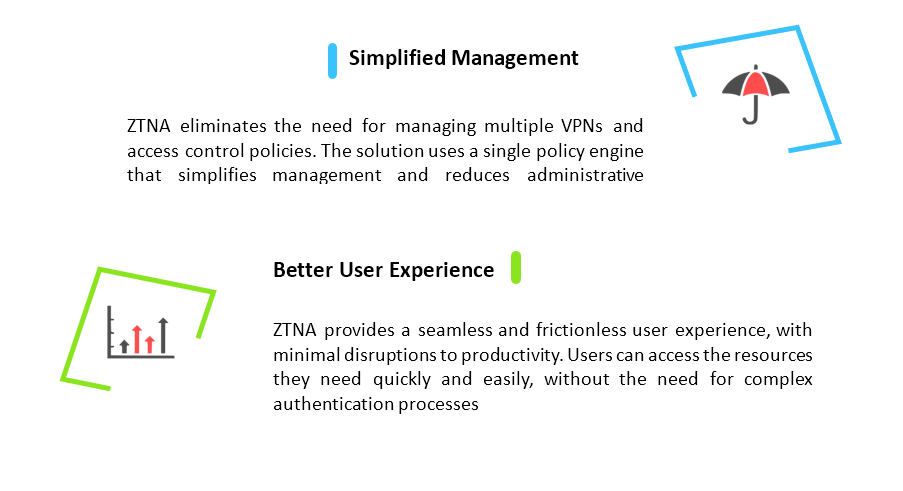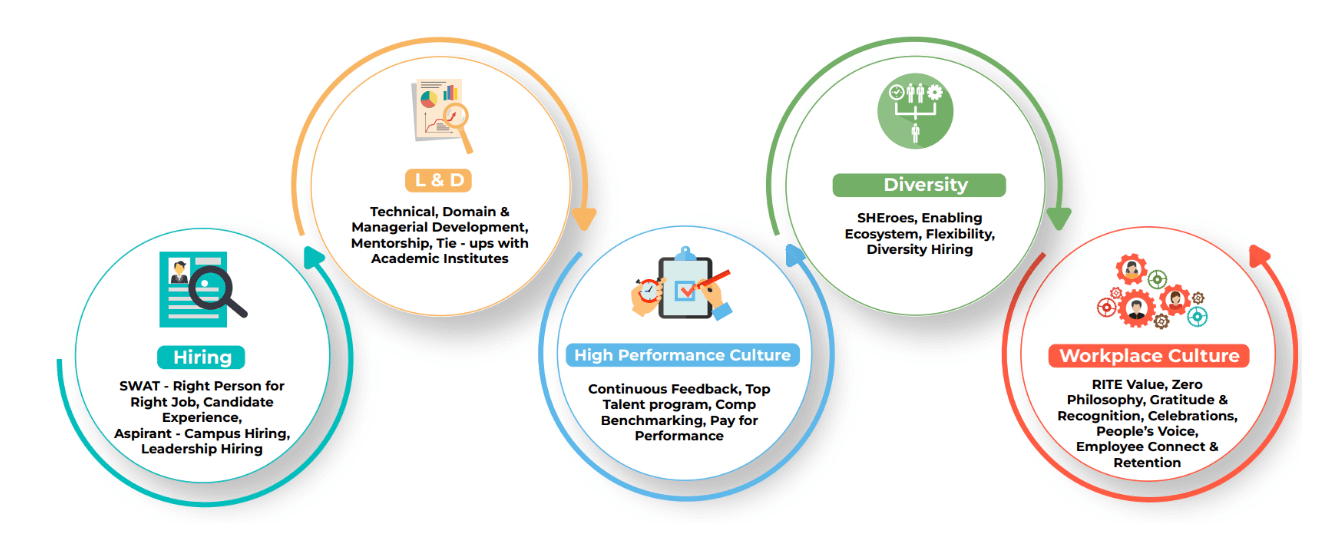Zero Trust Network Access (ZTNA) is a security model that focuses on the principle of “never trust, always verify.” This approach to security assumes that all users, devices, and applications attempting to access a network are potential threats and should be verified before being granted access. The traditional security model assumes that anyone accessing the network from within the organization is trustworthy, while anyone outside the organization is a potential threat. This approach has become outdated due to the rise of cloud computing and the increasing number of remote workers. With the traditional model, once an attacker has gained access to the network, they have access to everything on it.
ZTNA, on the other hand, verifies every user, device, and application before granting access to specific resources. This model provides a more granular approach to security, where access is only granted on a need-to-know basis. This approach significantly reduces the attack surface and improves the overall security posture of the organization.
ZTNA is achieved through a combination of technologies such as identity and access management, multi-factor authentication, micro-segmentation, and encryption. These technologies work together to provide a more secure and flexible approach to network access.
Key features of ZTNA
ZTNA is a security model that ensures secure access to resources by providing access based on identity, context, and risk.

Benefits of ZTNA


ZTNA Tools
- Akamai
- Netskope
- Zscaler
- Citrix
- Duo
- Okta
- Azure
- Prisma
ZTNA implementation
ZTNA focuses on granting access to applications and resources on a need-to-know basis, regardless of whether the user is within or outside the corporate network perimeter. To implement ZTNA, organizations need to adopt a set of security principles that includes

ZTNA Use Cases
- Secure remote access: With ZTNA, remote workers can access enterprise applications securely and without the need for a VPN. ZTNA provides granular access controls and only grants access to the resources that are required for a specific task.
- Third-party access: Organizations often need to provide access to their resources to third-party vendors, contractors, or partners. With ZTNA, organizations can provide secure access to these third parties without compromising security.
- Multi-cloud security: Many organizations have resources deployed across multiple cloud providers. ZTNA provides a centralized security policy across all cloud environments, ensuring that access controls are consistent across all resources.
- Secure IoT access: Internet of Things (IoT) devices are often vulnerable to attacks and can be used as an entry point into an organization’s network. ZTNA provides secure access to these devices and can isolate them from the rest of the network to reduce the risk of an attack.
- Protecting legacy applications: Many organizations have legacy applications that cannot be easily secured using traditional methods. ZTNA provides a secure access point for these applications and can limit access to only authorized users and devices.
- Securing BYOD: Bring Your Own Device (BYOD) policies can create security risks for organizations. ZTNA can provide secure access to enterprise resources for employee-owned devices, while also enforcing security policies and ensuring that only authorized users can access sensitive data.
In traditional security models, once a user is authenticated and authorized, they are trusted to access all resources within the network. However, in a ZTNA model, every access request is treated as potentially malicious, and access is only granted after thorough verification.
ZTNA works by providing a secure, encrypted tunnel between the user’s device and the resource they are trying to access. The user is first authenticated and authorized, and then their request is verified based on several factors, including their device health, location, and behaviour patterns. It can help organizations comply with regulations such as GDPR and HIPAA.
Overall, ZTNA is a modern security model that can help organizations protect against cyber threats in an increasingly complex and dangerous digital landscape.

Author
Ayyanar Govindaraj
Ayyanar G is part of the Information Security team. He has 10+ years of experience across various roles in Network Security in IT. His expertise ranges across Networking, Firewall and Network security products such as Netskope ZTNA, Palo Alto and Cisco ASA.
He is passionate about reading technical blogs and driving.




